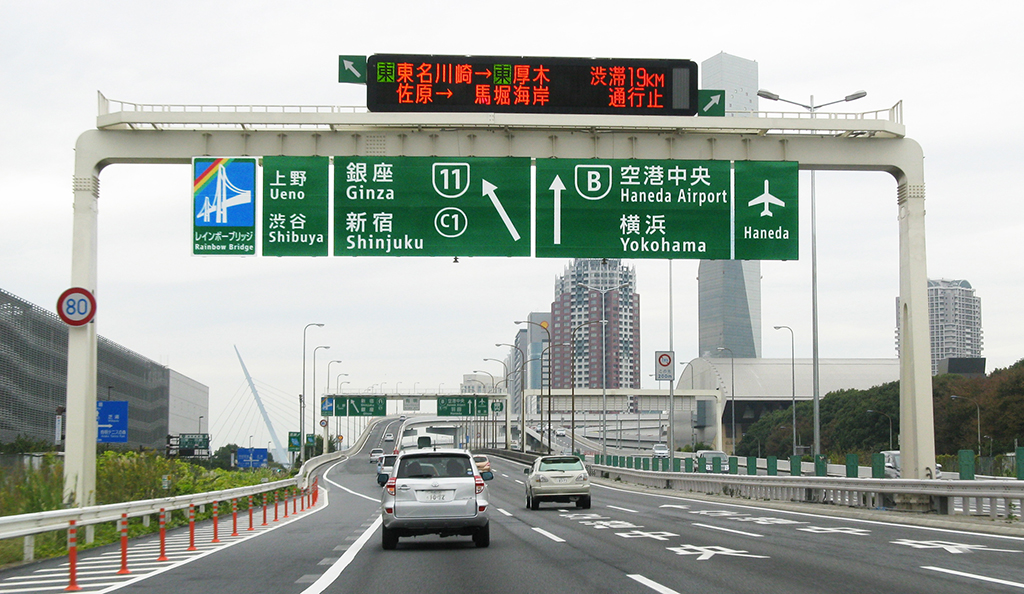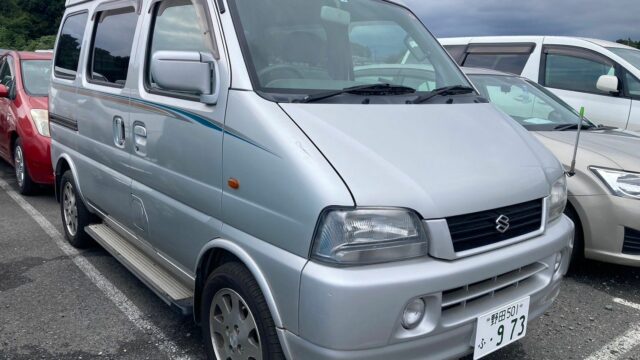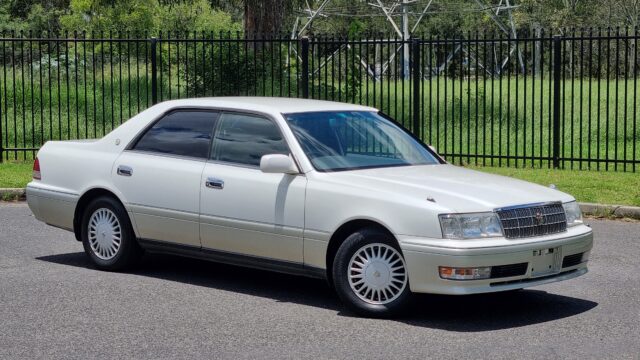Visiting Japan is one thing, but driving there makes the experience so much more interesting. When my wife and I moved to inner Osaka in 1999, we went without a owning or driving a car for the first 9 months of our time there. While this situation might be inconceivable in Australia, Japan’s public transport system is nothing short of brilliant, meaning that, for most young people, cars are an unnecessary extravagance. Before you can purchase a car in Japan, you must show evidence that you’ve found a place to park it. While wealthier houses may have their own parking space, most people in the cities have to make do with long term car parks, which can usually be rented from around $200 a month and upwards, depending on where you live.
The next thing you quickly notice is that cars in Japan are almost never sold privately. Sure there are the odd cheap cars being advertised in local English newsletters by foreigners about to leave the country, but as a general rule, buying a car in Japan means going to a dealer. Forget haggling: in Japan, the price on the sticker is the price you pay, unless you happen to get really lucky on a car that has been in stock for ages. Shaken, the Japanese term for registration, is the motoring equivalent of a tsunami that strikes your wallet every two years. Re-registration also involves a roadworthy check, and bills of $2000 and more for the whole experience are fairly common. I’m sure you can appreciate why cars that have just been re-registered in Japan are in much higher demand, both with the car buyers and with the local dealers at auctions.
In order to get insurance for your new ride, you must obtain a Japanese driver’s licence. This is one area where us Aussies have it all over countries like the US – because we drive on the left, we’re not forced to do a practical driving test. Instead we’re simply subjected to a full day at the local Japanese RTA, filling out paperwork, doing basic eyesight tests, and struggling to respond correctly to Japanese instructions. Once that is done, you must register the parking location of your vehicle with the local police (must also include a hand-drawn map, all written in Japanese only) and then you’re all set to go.
I should point out that my first driving experience in Japan was a fairly nerve-wracking one. You see, I drove my boss’s car – a new S500L Benz, the long wheelbase version. Ever wondered why the mirrors fold in on your Japanese import? Five minutes circumnavigating the ridiculously narrow back streets in major cities will give you the answer. If you accidentally leave your mirrors out when you park on such a street, expect them to be knocked off when you return. Combine these streets with the world’s longest and widest sedan of that era, and you have a recipe for disaster. There were a number of turns that were so sharp, they became 3-point turns, and every time I got near a concrete wall, I had visions of taking the blemished remains to the Mercedes Benz-approved crash repairer, where the technicians all wear Rolexes and your wallet gets hooked up to an intravenous pump upon arrival. Thankfully I never had to test that theory out.
Ten years ago, seeing a foreigner driving a car was quite a novelty for the locals, but seeing one driving such a conspicuous luxury car instantly turned the driver into a minor celebrity. Adults would generally do a double take, then revert to the typically-Japanese response of casting sideways glances to avoid eye contact. Small children, on the other hand, would gawk at you like you were the abominable snowman, waving furiously and laughing before being told to settle down by their parents.
In Japan, 100% of their fuel taxes are, by law, spent on their road network, and the result must surely be the smoothest and most beautifully-engineered roads in the world. While freeways all require the payment of hefty toll fees, they can’t be beaten for ease of movement between cities. Having ventured onto a freeway for the first time somewhere near Okayama, I checked the speed limit (80km/h) and duly cruised at that speed. Within 30 seconds, I was overtaken by a truck doing 130km/h, and having bumped up my pace to follow him, was then overtaken by a black, chauffeur-driven V12 Century, bouncing off its 180km/h speed limiter.
There’s a general understanding that if you’re paying copious amounts of money in tolls, some leniency is shown for those who speed (very important in a country where being five minutes late for a meeting is seemingly punishable by death).The basic rule of thumb on freeways is that you’ll be left alone by police anywhere up to 40km/h over the posted limit, and after that, if you’re silly enough to drive past a police car (they drive with their flashing lights on all the time – not hard to spot), then you’ll get the book thrown at you if they decide to pull you over.
Like Australia, there are point-to-point cameras on the freeways, that scan the number plates of every car (for unregistered or stolen vehicles) and every truck (to ensure that drivers don’t speed or drive for too long without breaks). As a lovely counter-balance to these contraptions, savvy business people began setting up their service station/rest stops just ahead of the point-to-point cameras. As a result, they do a roaring trade with truck drivers who drive flat out, then stop for a coffee, a meal and a sleep before passing through the next camera point right on their legal time limit.
First published in ‘High Performance Imports’ magazine, May 2009.


